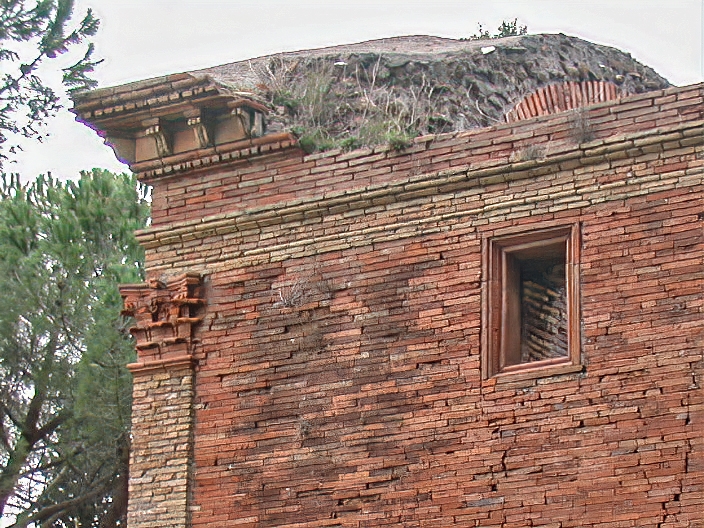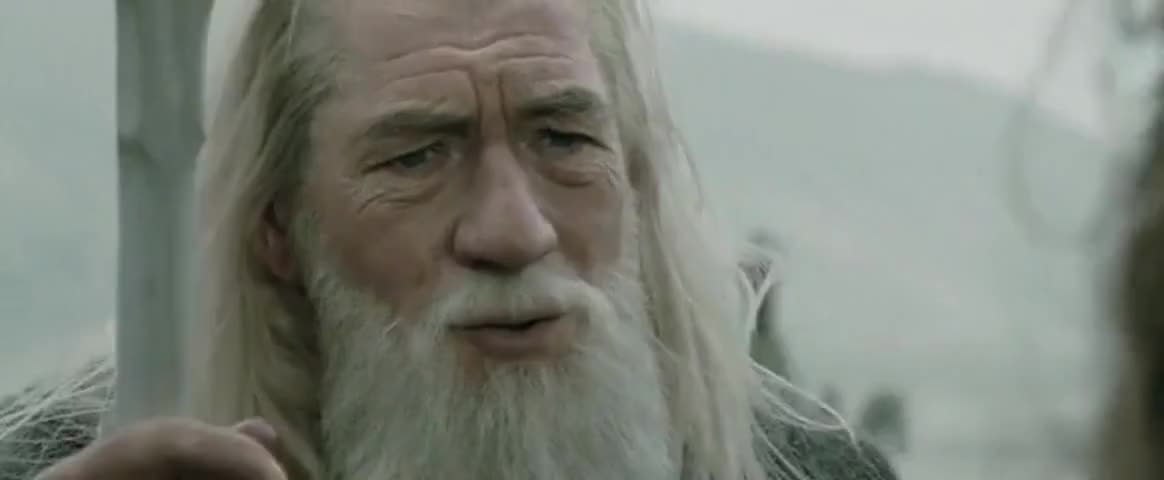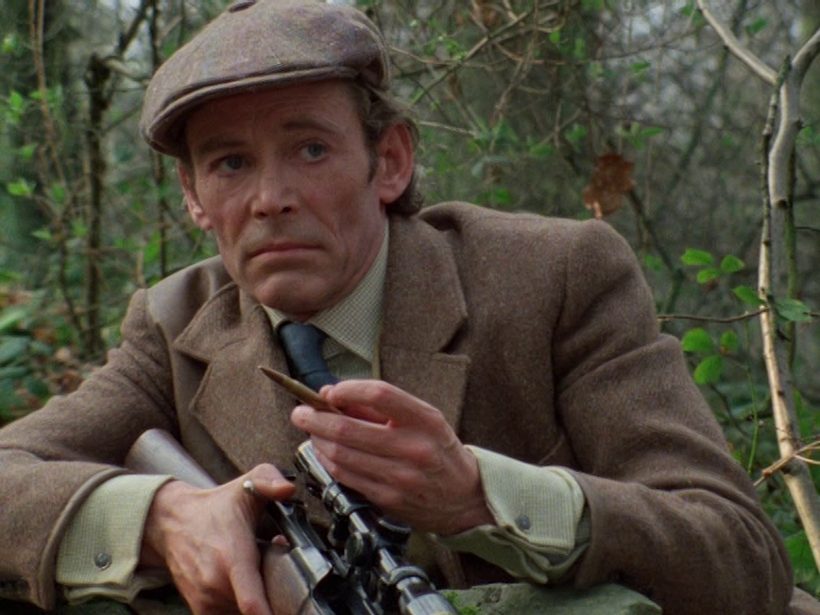I've used the geocentric or Ptolemaic model of the Solar System, (with the planets visible to the naked eye) as the basis for a few posts.
This understanding of the cosmos is also employed, with variations, by C.S. Lewis, in one place or the other (Planet Narnia was a revelation). He's not alone. Dante models his Paradise after the Solar System, though this may be less well-remembered than the layers of the Inferno. Closer to home are the crystal spheres of Spelljammer. The classes of Sidereal Exalted derive from the visible planets and their associations; the list is completed by the Lunar and Solar Exalted. The esoteric panoply of astrological and alchemical symbols are a connected part of fantasy aesthetics; e.g, the cover of A Most Thoroughly Pernicious Pamphlet.
While the Signs of the Zodiac as we know them seem to be out of the running, astrological conventions are not unknown in fantasy. To chose a fairly mainstream example, the Birthsigns of The Elder Scrolls series of video games (which strike me as, well, thuddingly obvious - 'You were born under the Sign of the Thief, guess what you're good at'). Where Capricorn, Scorpio et al appear it tends to be in the form of a somewhat arbitrary decision; see the Twelve Colonies of Kobol. They're a 'complete set' of images and can thus be used as an (uncontroversial?) artistic motif - as in the Wisconsin State Capitol, for one. The combination of completeness and variation associated with the Zodiac when taken as a whole perhaps explains their use on the dust jackets of The Reprint Society in the 1950s (see below), unconnected to the content of the book.
But let's set all that aside. This isn't the time to discuss the planets - or the Zodiac, or indeed any given constellation. To give the bounds of my discussion, I am looking at the names of the stars that reach us out of the distant past. As interesting as the recent decisions of the IAU may be, I shall be considering the list of names below, found in an old copy of Norton's Star Atlas (the below being the 17th Edition from 1978).
The various naming conventions of star catalogues that give us, say, α Leonis, are useful but do not concern us here.
Where, then, do the names of the stars appear? An obvious place to start is with science fiction. The (nominally) harder sort of science fiction uses them; witness the use of Rigel, Algol or Alnitak in Star Trek, Deneb in Blake's 7, Altair in Forbidden Planet, or Sid Meier's Alpha Centauri. Of course, the rather looser Hitchhiker's Guide to the Galaxy will also happily refer to Barnard's Star, Betelgeuse or 'an Arcturan megadonkey'.
The use of such names is perhaps to be expected in a future history of mankind among the stars - though, in the case of sentient alien life emerging on the planets of one of these stars, the question of what name is used to refer to it would be a matter of dispute. It would be a suitable characteristic for an expansionist human star empire to apply the old Terran names of the stars - whatever the native population or a breakaway human colony think of that.
You would expect this to come up in Warhammer 40,000. It doesn't; on second thought unsurprisingly, given the years of decay and ruin. The names of the stars do appear but as part of the lexicon of history and myth from which authors can draw names of people, places, organisations, &c: Vega, Antares, Arcturus, Sirius, Polaris, Polaris (duplication should not surprise us). A number of planets have been named for stars: Algol, Deneb - can one witness a sunset if one is standing on a star? Altair VII - presumably the seventh planet to orbit Altair - is a pleasing exception. The Imperial Stars don't have much more that a name and a colour scheme, but if anyone is going to make an army of them, I think we have a few names they can use. [Edit: Oct 2022. In Rath's Assassinorum: Kingmaker, an assassin without any particular astronomical or artistic education recognises Ursa Major from the ceilings of cathedrals, portraying the sky as seen from Holy Terra. Of course the old constellations would be a religious-artistic motif.]
Star Wars is, of course, set in a galaxy far far away, but one can't help thinking that Alderaan and Aldebaran share a certain kinship as names. Besides this, the very nature of the names of the stars gives the model of proper names - the majority of planets in Star Wars appear to have these rather than codes or catalogue-type names; Yavin 4 being an honourable exception.
To shift genres briefly, fantasy gives us an entirely different use of the names of the stars. A number of names in Harry Potter are taken directly from the above list: Sirius, Regulus, Bellatrix - all members of the same family (names derived from constellations are among the wider family as well: Cygnus, Orion, Andromeda, Draco). The Blacks are among the older and richer families of wizarding Britain: the aristocratic pretensions of stellar, Latinate names are presumably to be contrasted with earthier, more typical names - further, these snobby, prejudiced people with the strange names aren't a bit like us and the protagonists. This isn't the sole reasons for such names, of course: Sirius is the Dog Star and, if you did not know it already, you can guess what sort of animal Sirius Black can turn into.
Weird fiction has a number of uses of the names of the stars; Carcosa, famously, is among the Hyades. Lovecraft wrote a story called 'Polaris', featuring the remote gaze of the stars on an ancient polar civilisation (as well as the sort of racial prejudice that is absolutely text rather than sub-text). More pertinent is A Voyage to Arcturus. This describes Arcturus as a double star, but it is no such thing - though this is hardly the limt of the novel's strangeness. It almost needn't have been set on Arcturus at all. However, I would note that the use of the stars as ancient (hence the deliberate use of the older names) and distant is the point.
Martian canals were being charted by Schiaperelli in 1877 and in 1897 H.G. Wells revealed to us that Martians were blood-sucking machine-using imperialists who are vulnerable to disease (that is to say, just like Human Beings). Edison conquered Mars soon after. Later sword-and-planet fantasies like A Princess of Mars (1912) or the Northwest Smith stories of C.L. Moore (1933 onward) don't just involve journies through space but time as well. Therefore, in order to get distant, alien Weird Fiction, David Lindsay has to portray an interstellar journey, not merely an interplanetary one.
You may be aware that A Voyage to Arcturus was an inspiration for C.S. Lewis's Cosmic Trilogy - but that these take place on the planets of our own Solar System. In such this case, the nearness of Mars (Malacandra) to Earth (Thulcandra) is no handicap: it is part of the revelations of that series that space is by no means as dark and unfriendly as the denizens of fallen, sinful Earth - the titular Silent Planet - would believe.
Speaking of Lewis, I have highlighted above the use of Medieval cosmology in his work. As for stars, I would note the astronomy lesson of the half-dwarf tutor Doctor Cornelius given to Prince Caspian (in Chapter Four of Prince Caspian). Here they watch as 'Tarva, the Lord of Victory, salutes Alambil, the Lady of Peace.' The epithets 'Lord of Victory' and 'Lady of Peace' seems more apt for planets than the stars ('Mars, the Bringer of War', 'Mercury, the Winged Messenger') but a planet is, after all, a wandering star. (This neglects the stars in human form like Coriakin or Ramandu encountered on The Voyage of the Dawn Treader, but neither are currently being a star so I shan't discuss them).
Tolkien would place among his Valar Varda, Queen of the Stars (the subject of all those Elven songs invoking Elbereth Gilthoniel). The stars of Middle-Earth come in to being before the Sun and Moon with dews of the Silver Tree Telperion (vitally, the Elves awaken under the stars) and form Constellations similar to our own. 'Wilwarin, Telumendil, Soronúmë and Anarríma' are named by the Silmarillion. 'Menelmacar with his shining belt' is presumably Orion. Valacirca, the Sickle of the Valar, is the Plough rotated ninety degrees. 'Carnil and Luinil, Nénar and Lumbar, Alcarinquë and Elemmírë' are named as individual stars, some with distinct colours. The Tolkien Gateway cites The History of Middle-Earth to indicate that these are the planets of the Solar System, but more named stars exist: Borgil, for one - which appears to be the Red Giant Aldebaran.
The Valar have as their responsibility Middle-Earth and indeed are based there for many ages before Valinor is lifted from Arda. In this regard, Varda's stars are not (cosmically) distant and unfeeling, but rather visible and amiable markers. One might compare them to the weathercock atop a Church spire in a nearby village: you will never touch it, but in returning from a long journey you may see it and be comforted.
Fritz Lieber has Fafhrd and the Grey Mouser directed as to timing by their wizardly patrons in 'The Bazaar of the Bizarre' using the green star Akul - which is apparently visible even in the night sky of Lankhmar, City of Sevenscore Thousand Smokes. Perhaps it is made visible to the pair - the story does make use of wizardly enhancements of sight.
That's been something of a digression, but I shall return to the subject at hand. Historical fiction will of course use the names of the stars, but one particular use stands out. This is the association of the people of Arabia with the stars. An early example is Lew Wallace's 1880 Ben-Hur (A Tale of the Christ). The horses of Sheik Ilderim (i.e, those used for the famous chariot race) are named for the stars: Mira, Sirius, Rigel, Antares, Aldebaran, Atair. The associations between the Arab World and astronomy can be as plain and superficial as the star and crescent symbol of Islam. A goodly number of the above names of the stars derive from Arabic - one thinks of Alnitak (al-nitaq), Megrez, or Algol (al-ghul) and the practice of Arab astronomy is witnessed by star catalogues like the Book of Fixed Stars. Ilderim in Ben-Hur explains this as the result of being in the desert at night, an explanation I recall from my schooldays (if with no firmer source than that).
Of course, another explanation (also brought up by Ben-Hur) is the Magi of the Christmas Story, perhaps the most famous of astronomers royal. The Gospel of Matthew has them as 'wise men from the east' (μάγοι ἀπὸ ἀνατολῶν) in its Second Chapter. The Persian origin of the word 'Magi' aside, they are clearly not of Judea and the Near East, but from further off - the Middle East. Later tradition would bring in the 'Three Kings' portion (echoing Old Testament prophecy about Kings worshipping the Messiah) and give them names (Balthasar, Caspar, Melchior) and countries of origin. Despite the precise countries varying, they do seem to stay between Ethiopia and India (there's the occasional Greek). Balthasar appears in Ben-Hur as an Egyptian.
I note that a title as mainstream as the first Assassin's Creed video game had its Arab protagonist named Altaïr Ibn-La'Ahad. The name Altair may be as much in reference to the Aquiline characteristics of the game's order of asssassins as the star α Aquilae - but Assassin's Creed was made by Ubisoft Montreal and had what appears to be a group of Canadian and American writers, artists and designers. It would not suprise me if one of them encountered the name of the star (and its derivation) first.
Aside from fiction, there are many military uses of the names of the stars. Ships take names like HMS Sirius, HMS Castor, USS Mizar, USS Bellatrix. Italian military aviation units are named for Antares or Vega. Star names are safe, aspirational, classical, respectable - and pay homage to the connection between astronomy and seamanship (they aren't as in-your-face as HMS Venomous or HMS Antagonist). One sees why they were used in cases like that of the USS Mizar (see Merak and Tarazed) in wartime expansions of a fleet; preferred, I should imagine, to the names that were given to the Flower-Class corvettes and sloops. Consider also the Polaris missile, not only safe, aspirational, &c but also conveying ideas of pre-eminence (literally at the top of the world), coldness, leadership and perhaps polarisation. A perfect name for Cold War American hegemonic efforts.
[I feel compelled to include the USS Cor Caroli. Cor Caroli was a relatively recent star to be catalogued, being most firmly mapped in England in 1673 and named 'Cor Caroli', the Heart of Charles - Restoration loyalties praising the heart of Charles I, King Charles the Martyr (Cf. Georgium Sidus). The USS Cor Caroli was built and launched under similar conditions to the USS Mizar and I take it the name was chosen for similar reasons - but it is still a cause of amusement to think that a ship of the United States Navy in the twentieth century was cruising round called 'The Heart of Charles I'!]
That may conclude an eclectic survey. You might start further investigation here. My thoughts above may also answer the question What is it to use the Real-World Names of the Stars in my work?
[An absence of the Names of the Stars - any stars - that catches my eye is in the Stormcast Eternals of Warhammer: Age of Sigmar. Sigmar himself might be God-King of the Celestial Realm, but this only seems to manifest in the ubiquitous comet and lightning motifs. The very names of the Eternals tend to the 'Lucius Skywalker' pattern - Latinate first name, second name noun-noun or adjective-noun (though there is some Punic representation in the shape of Hamilcar Bear-Eater). And yet the names of the stars make for great colourful High Fantasy names - as well as having a Warhammer-suitable thudding obviousness. Consider: Saiph Lionpuncher. Mizar Cometcrafter. Vindemiatrix Bronzehawk. Procyon Refeshingbeveragemaker.]
Two questions also occur: What is it to have named stars in your secondary world? What is it to have named stars be of consequence?
Well, Tolkien's named stars are right in the same mould as the stars of our world: they are named for similar reasons and organised in similar ways. Even if one imagines that the Elves when the world was young named and catalogued the stars in a very different fashion to the stargazers of (say) Bronze-Age Babylon.
At any rate, it implies a measure of peace, security and scholarship to be able to track and name (say) around fifty stars - as well as, perhaps, permanent settlement. No doubt a nomadic people could recognise and track different stars, but the nature of star catalogues is such that I suspect they would be more likely to appear in a fixed community. (And if there aren't star catalogues but names of stars are acknowledged sufficiently widely, it means that this society is putting a quantity of work into transmitting those names). It also implies the preeminence of one set of star catalogues in a given culture: that red star is the Crimson Jewel, not the Scarlet Cross. Well, if everyone is speaking 'Common' no doubt they refer to the same stars and involve themselves in fewer disagreements over the names of nations.
What, then, is it for these stars to be of consequence? What if each School of Wizardry or Religious Figure or Blood-Oath Sorority of Magical Warriors is connected with a star? It's the difference between working in a office with ten people and working in an office of fifty. The dynamics and the feel of working and being in that group differ. A worshipper that has to answer to the various commands of the Twelve Olympians is someone with a different religious life to one answering the commands of the Fifty Star Archons (though that's still under Dunbar's Number). Those connotations of distance return once again.
I'm not certain those are very firm or very sound conclusions. And I've been in plenty of campaigns where I didn't have to refer to the stars at all to bring about the completion of a quest. But I hope this indicates some of the ways the Names of the Stars have enhanced or could enhance a work.
My thanks to the Three Mile Tree Brain Trust for their contributions in this matter.













